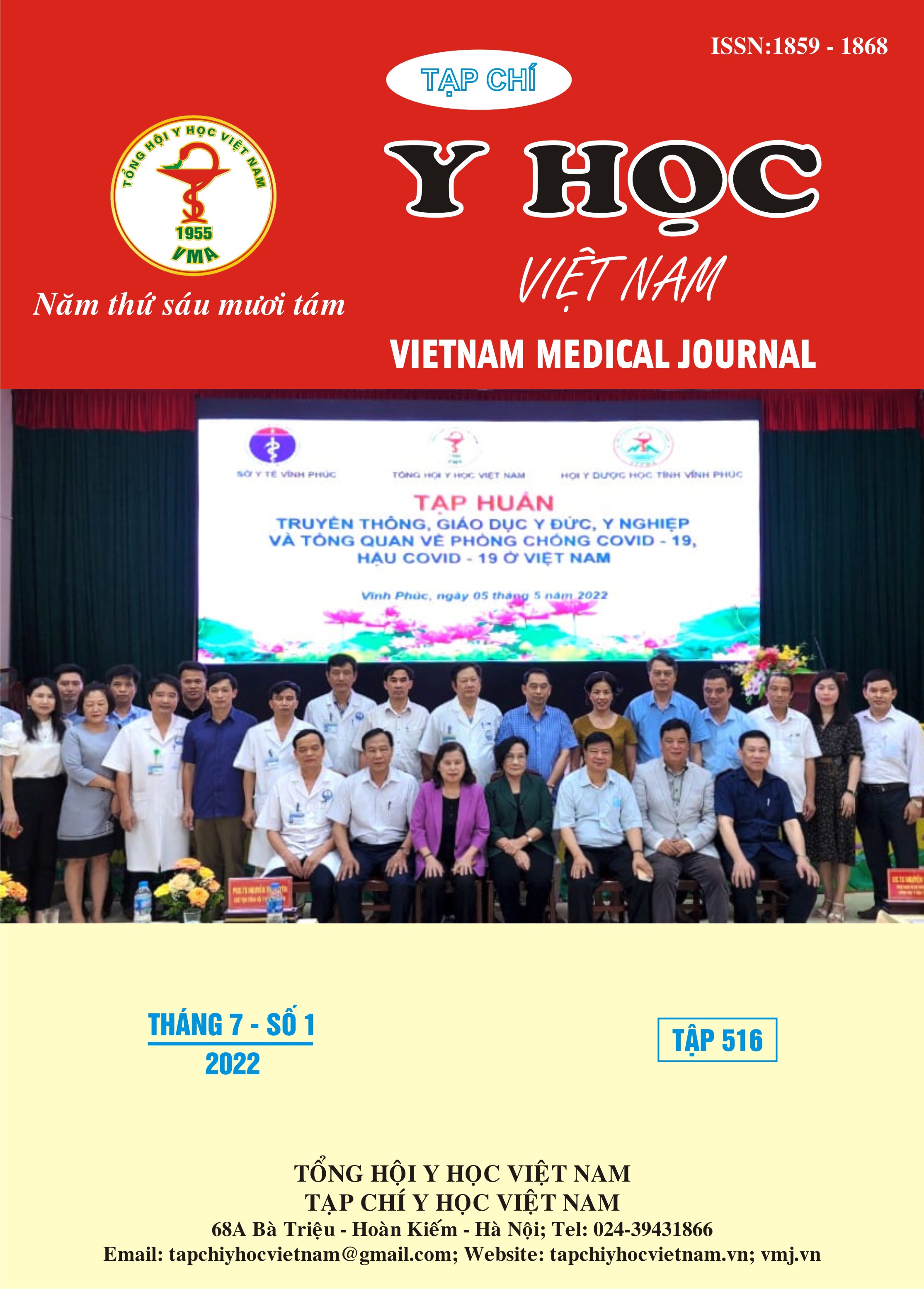EVALUATION OF DRUG USE IN PATIENTS WITH NON – VALVULAR ATRIAL FIBRILATION AT CARDIOVASCULAR CENTER OF NGHE AN FRIENDSHIP GENERAL HOSPITAL
Main Article Content
Abstract
Atrial fibrillation is a supraventricular arrhythmia characterized by electrical insynchrony and atrial contractility [1]. Drugs to treat atrial fibrillation include many different classes of drugs, the choice of drug must be based on each patient's factors. We conducted the study with 2 objectives: To survey the use of drugs for treatment of patients with atrial fibrillation and to analyze the rationality of drug use in patients with non-valvular atrial fibrillation at Cardiovascular Center of Nghe An Friendship General Hospital. Subjects and research methods: A cross-sectional description of 64 medical records of patients with nonvalvular atrial fibrillation treated at the Cardiovascular Center of Nghe An General Hospital. Results: Mean age 66.63 ± 13.94; male/female = 1.4; comorbidities: 70.3% hypertension; 40, 6% heart failure; 17.2% have diabetes; 12.5% renal failure; 7.8% COPD. 43.8% high risk of stroke according to the CHA2DS2-VASc score. The most common stroke risk factor is high blood pressure (70.3%); heart failure (40.6%), age > 75 (18.8%); smoking (15.6%), history of stroke/transient ischemic attack (12.5%); Mainly used anticoagulant vitamin K, including acenocoumarol (54.7%), warfarin (3.1%), enoxaparin (35.9%). Antiplatelet group (aspirin 26.6%; clopidogrel (14.1%), β-blocker (metoprolol 35.9%; bisoprolol 31.3%); 31.7% used digoxin; 1 case used amiodarone; ACEi 62.5%; CKCa – DHP 9.4%. 95.3% of patients in the study sample were prescribed appropriate thromboprophylaxis. 4.7% were not suitable, in which there was 1 case of anticoagulation in patients with low stroke risk according to the CHA2DS2-VASC scale (26.7%); there was 1 case of high stroke risk but no anticoagulation was indicated; 1 case indicated platelet aggregation inhibitors in subjects at high risk of stroke. 95.3% choose appropriate ventricular rate control drugs. There were 3 unsuitable cases, the unsuitable cause was in COPD patients with priority Beta Blocker (4.7%). 100% of the doses of the drugs in the study were used appropriately. Conclusion: Anticoagulants are mainly used vitamin K antagonists, mostly indicated for thromboprophylaxis, control of ventricular rate in accordance with the guidelines of the Ministry of Health on clinical pharmacological practice in the treatment of atrial fibrillation.
Article Details
Keywords
Non-valvular atrial fibrillation, anticoagulation, vitamin K antagonists, ventricular rate control
References
2. Chugh S. S. et al. (2014), "Worldwide epidemiology of atrial fibrillation: a Global Burden of Disease 2010 Study", Circulation. 129 (8), pp. 837-847.
3. Kim H. et al. (2017), "A Prospective Survey of Atrial Fibrillation Management for Real-world Guideline Adherence: COmparison study of Drugs for symptom control and complication prEvention of Atrial Fibrillation (CODE-AF) Registry", Korean Circ J. 47 (6), pp. 877-887.
4. Krittayaphong R. et al. (2019), "Rate of anticoagulant use, and factors associated with not prescribing anticoagulant in older Thai adults with non-valvular atrial fibrillation: A multicenter registry", J Geriatr Cardiol. 16 (3), pp. 242-250.
5. Yu L. J. et al. (2018), "Clinical analysis of antithrombotic treatment and occurrence of stroke in elderly patients with nonvalvular persistent atrial fibrillation", Clin Cardiol. 41 (10), pp. 1353-1357.
6. Hội T. M. V. N. (2016), "Khuyến cáo chuẩn đoán và điều trị rung nhĩ", http://www.vnha.org.vn/.
7. https://timmachhoc.vn/ (2017), Khảo sát thực trạng sử dụng thuốc chống huyết khối trong điều trị rung nhĩ tại Viện tim TP Hồ Chí Minh, ngày truy cập 30/4/2022.
8. Nguyễn A. Đ. (2011), Cẩm nang xử trí tai biến mạch máu não, Nhà xuất bản Y học, Hà Nội.
9. Nguyễn Q. B. (2017), Nghiên cứu một số yếu tố liên quan đến rung nhĩ ở bệnh nhân cường giáp và đánh giá kết quả điều trị, Luận án tiến sỹ Y học, Trường Đại học Y Hà Nội


